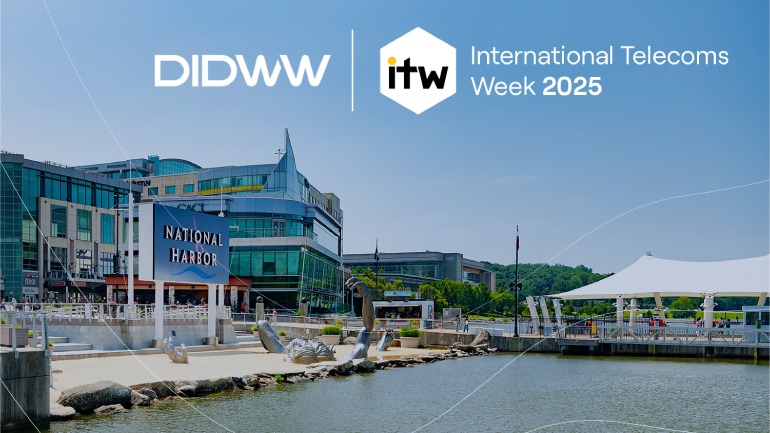MasOrange has launched Spain’s first 5G Advanced network, setting a new benchmark in telecoms. Deployed in Seville, the network uses mid and low bands, the 26 GHz spectrum, and a 3.5 GHz band, offering innovative services like 5G New Calling, enhancing connectivity and customer experience.
SIM swap fraud cases in the UK surged over one thousand percent in 2024, exposing major vulnerabilities in the telecom sector. Criminals use this tactic to intercept calls and messages, enabling identity theft and account takeovers. Cifas urges stronger identity checks and cross-sector data sharing to combat the rising threat.
The US Department of Transport’s ‘Brand New Air Traffic Control System Plan’ aims to revolutionize communication infrastructure with state-of-the-art telecoms technology. By deploying advanced fiber, wireless, and satellite solutions, it includes 25,000 new radios and 475 voice switches.
The European Commission has launched a review of merger rules to boost investment and innovation across the EU. Key updates target competitiveness, digitalisation, and resilience, addressing concerns from both telecom operators and regulators. The reform aims to modernize policy amid global tensions.
Sparkle and Orchest Technologies have partnered to expand network coverage and automate service delivery across Latin America, the Caribbean, and Europe. By integrating global infrastructures and leveraging MEF standards, they aim to deliver scalable, on demand connectivity and elevate customer experience.
DIDWW, a global telecom provider, will showcase its advanced voice and messaging solutions at International Telecoms Week 2025. As a Gold Sponsor, the company will highlight its extensive phone number coverage, cloud PBX platform, and commitment to empowering seamless worldwide communication for businesses.
A group of major European telecoms, including Vodafone and Orange, urges urgent EU, UK, and NATO action to protect subsea cables amid rising hybrid threats. Citing recent incidents and geopolitical tensions, the coalition supports enhanced cross-border collaboration and the EU’s Cable Security Action Plan to safeguard Europe’s connectivity.
Vodafone and SP Energy Networks have partnered to modernize telecoms infrastructure across Scotland’s power grid, upgrading connectivity at 19,500 substations. The project aims to boost grid reliability, speed up fault response, and support renewable energy integration—delivering a smarter, more resilient electricity network.
Samsung and KT are pioneering 6G innovations by advancing multi-antenna technologies to enhance signal quality and coverage. Incorporating AI into telecom systems, they aim to improve network stability and performance. The collaboration focuses on X-MIMO systems to deliver faster, reliable connectivity.
Quickline has secured £11 million in public funding to expand its Project Gigabit rollout, bringing full fibre broadband to 6,000 more homes and businesses in Yorkshire and Lincolnshire. This investment supports the UK government’s goal of nationwide high-speed internet, ensuring even rural areas gain access.













